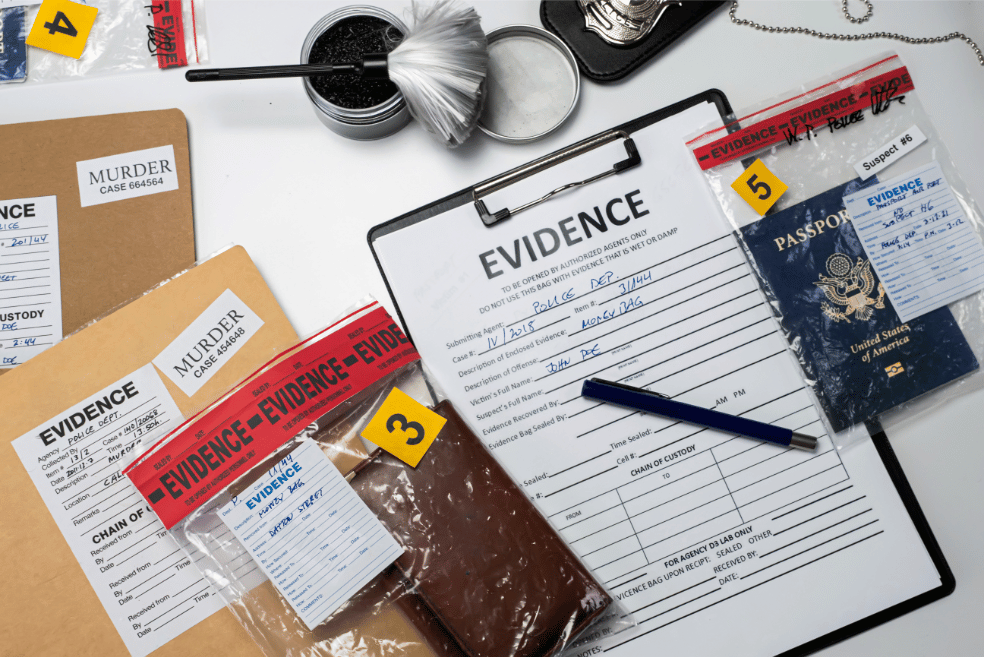Motion practice shapes the case, and if you want to handle your cases more professionally, understanding motion practice is essential. Legal motion management is an essential aspect of the litigation process. Legal motions allow parties to assert their rights, and seek relief from the court regarding certain cases. They can also present arguments in front of the court with the help of legal motions. Whether you are a lawyer, firm, or law student, it is important to know about legal motions. If you’re eager to delve deeper into the world of legal motion, this blog can be helpful for you. In the following sections, we will look at legal motion practice, and explore its significance in the legal industry. Additionally, we will also learn about various types of legal motions.
We will also provide you with information about how to prepare legal motions and tools to write legal motions.
Understanding Legal Motion Practice
Legal motion practice is the practice of filling, addressing, and responding to a motion in a legal proceeding. The process of legal motion requires the submission of a written formal request to the court. This legal motion is to seek action or ruling on specific matters in the court. For lawyers, attorneys, and parties involved in the litigation, it is necessary to understand the legal motion practice. This will allow them to advocate their position, seek favorable outcomes from the case, and present any legal argument. To understand the motion practice, it is important to know the purpose of the motion, procedure rules, and court considerations.
Types of Motions
In the legal world, there are different types of motions that clients or parties can file. This motion is to request specific action or ruling from the court. We are mentioning some of the common examples of court motions below:
1. Motion to Dismiss
First, we have a motion to dismiss on our list. This motion asks the court to dismiss the case. In this motion, the case gets dismissed on the grounds like an improper venue or failure to state claims. Not just that lack of jurisdiction is also a crucial ground for the motion dismissal. This motion challenges the legal sufficiency of the opposing party.
2. Motion for Summary Judgment
A motion for summary judgment is a legal request that one party makes in a lawsuit. In this motion, one party asks the court to make a ruling in their favor without conducting any legal proceedings. The main purpose of this motion is present in front of the court that there are no genuine disputes. In this motion, the moving party can ask for entitlement of the judgment as a matter of law.
3. Motion to Withdraw
A motion to withdraw is a legal request by a lawyer or attorney. This request is to seek permission from the court regarding the withdrawal of a client from representing in the case. This motion usually takes place when the lawyer/attorney or client relationship is no longer valid. Motion to withdraw can also take place when a conflict of interest arises between clients or representing lawyers. The lawyer or attorney must provide a valid reason for the withdrawal from the case. They also need to ensure that they do not prejudice the client’s interest. The court will later review the motion to withdraw the request and make decisions on the basis of circumstances.
4. Motion to Dismiss Contempt of Court
A motion to dismiss contempt of court is a legal request that an attorney or one of the parties make. In this motion, they seek the dismissal of contempt charges against them. The motion to dismiss contempt of court occurs when any individual willfully disobeys a court order. The party filing the motion to dismiss contempt of the court must have compelling evidence and argument. This evidence should show contempt charges are false or unwarranted. Later, the court will evaluate this motion and consider all the facts and figures. The court will also consider any relevant legal principles before making any decisions regarding the dismissal of the contempt petition.
How To Write a Legal Motion for Court?
The preparation of legal court motions requires proper planning. Below are a few steps that you can use to prepare the legal motion:
1. Identify the Purpose
The first step to preparing for legal motion management is to identify its purpose. There are different types of legal motions you have to identify what suits the best for you. Are you seeking a protective order or dismissal from court? It is to suppress evidence, summary judgment or a new trial, or any other relief you want from the court.
2. Research the Law
To file the legal motion, you will have to conduct strong legal research. This research will help in identifying relevant statutes, rules, case laws, and precedents that support your arguments. Research and understand all the legal requirements that you must follow for the success of your legal motion.
3. Gather Evidence
In this step, you will have to gather all the information and evidence that supports your legal motion. The evidence can include relevant documents, affidavits, files, or any other relevant material that can support the motion. It is necessary to ensure that all the evidence of the legal motion is credible.

4. Draft the Motion
Start drafting your legal motion by following any specific guidelines and format that the court requires. Usually, the legal motion includes an introduction, statement of fact, legal argument, supporting evidence, authorities, and a conclusion of the motion. Make sure you draft a clear and concise motion. It should be easy to understand and well-organized.
5. Craft Legal Arguments
Crafting a legal argument for the motion is the next step. Create a strong argument for a legal motion that explains why the court should grant your relief for your matter. Use evidence, and logical reasoning, to apply relevant legal principles. Use the reference of supporting authorities to support your legal motion.
6. Provide Supporting Evidence
It is important to provide supporting evidence to make your legal motion strong. Attach all the information that you gather to support your argument. Make sure to attach all the relevant evidence, documents, and other such data. Clearly mention how your evidence supports your legal motion or argument.
7. Review and Edit
Review and carefully edit your legal motion. Make sure that your motion is accurate, clearly understandable, grammatically correct, and spelling errors. Ensure that your motion has proper formatting and is coherent, and persuasive. You can consider feedback from your colleagues and other legal professionals to improve your motion.
8. Comply with Court Requirements
Comply with court requirements to familiarize yourself with the rules and requirements for your legal motion. Make sure that you meet all the requirements of the court. All the requirements regarding timings, formatting of the motion, and submission of the motion are met. Follow any applicable rules and local guidelines.
9. Follow Up
The last step is to follow up with the progress of the legal motion. You can monitor and comply with any additional requirements from the court. The legal motion follow-up can include filling in the response for the motion or attending the motion hearing. It is important to be prepared to defend your motion. Also, ensure that you are present in the court to defend your motion.

What Tools Do Lawyers Use To Write Court Motions?
There are various tools available in the market that lawyers can use to write and manage legal court motions. Legal case management software or law practice management software allows lawyers and attorneys to gather information through online client intake features. Attorneys can gather the information that they need to write a court motion with the help of the client intake process. The case management software with an intake feature will give them an easy way to review all their information. It also helps them build their case and confidently choose motion.
The Bottom Line
Legal motion management is an integral part of the litigation process. The court motion serves as the mechanism for parties that are looking to assert their rights. They can present legal arguments, and seek relief from the court for specific cases. There are various different types of motions that parties can apply for in the case. Above, in the blog, we have mentioned the complete process of preparing a legal motion. If you follow this process, it will be easier for you to create and manage your motion practice.


This blog is very thorough and has a lot of great insights about motion practice which helps the up-and-coming lawyers as well as other legal professionals to take a head start in their respective careers. Please write more about such topics in the future!